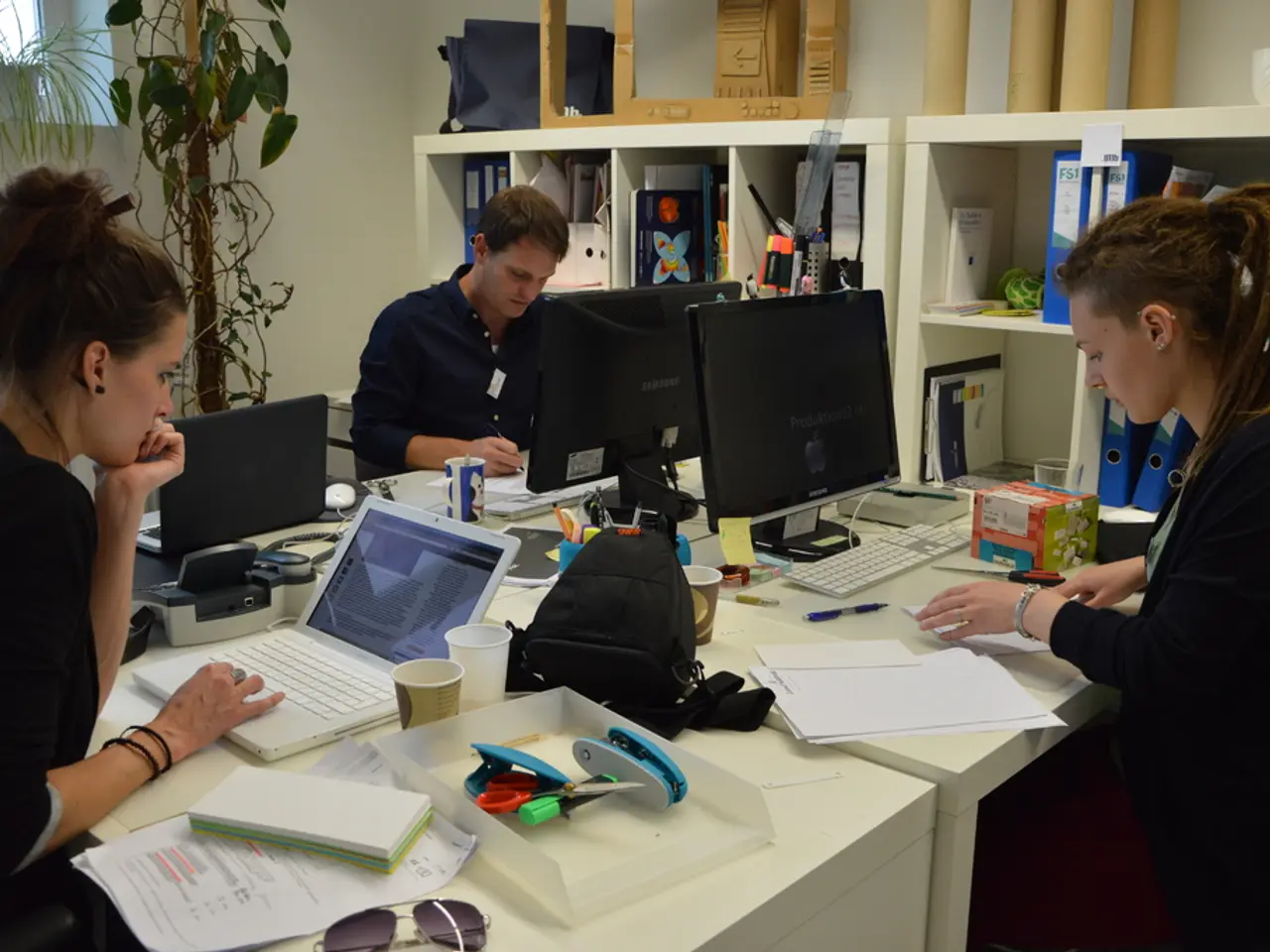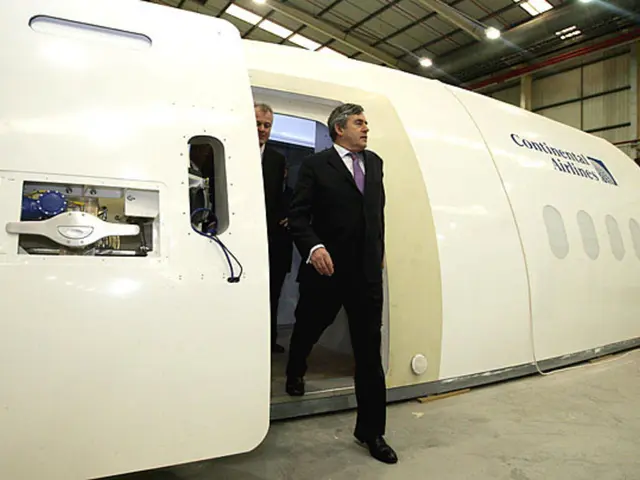HR Uses Judgmental Forecasting to Predict Staffing Needs
Human Resources (HR) departments employ judgement to predict future staffing needs. This approach relies on the expertise of HR professionals and management, considering various factors and using two main methods: top-down and bottom-up.
In the bottom-up approach, line managers and department heads forecast their staffing requirements based on anticipated workload and projects. They consider factors such as projected business growth, turnover rates, process changes, productivity trends, and skill requirements.
On the other hand, the top-down approach involves senior management providing high-level estimates, which are then broken down by department or function. This method involves reviewing historical data and trends, assessing the current situation, and estimating future headcount requirements.
HR directors often use predictive analytics, a method that determines future staffing needs based on past and present data. The accuracy of judgemental forecasts depends on the quality and comprehensiveness of the data analyzed, as well as the soundness of the estimates made.
Judgemental forecasting, while subject to individual biases and assumptions, plays a crucial role in predicting future staffing requirements. It is often used in combination with more quantitative demand forecasting techniques to ensure accurate and comprehensive staffing plans.
Read also:
- Labour Party Conference 2025: Starmer, Nandy Unveil £200m Creative Industries Package
- Labour Conference 2025: Keir Starmer Boosts UK's Creative Sector with New Initiatives
- Vietnam Tackles EV Safety in 2050 Transition Ambition
- Nissan Unveils Advanced Digital Tools, Bolsters Cyber Security at Industry Event





